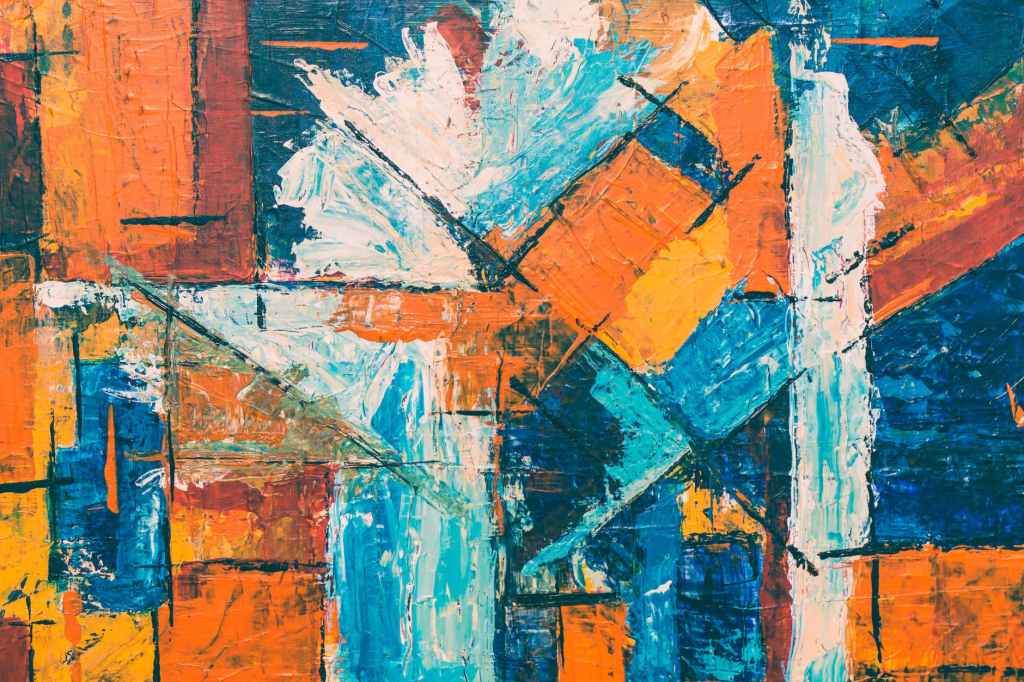
By: HR Fitzmorris
Your social media accounts may have recently been inundated with spookily elegant renderings of your once-familiar friends’ faces. Or, if you’re on a particular side of the internet, you may have seen any number of info-graphics scolding users for contributing to the devaluation of flesh and blood artists’ livelihoods. What you may not have seen is news of the recent class-action lawsuit filed on behalf of artists who are unhappy with technological advances that, in their view, were ‘advanced’ through art theft.
The Complaint
In the first-of-its-kind proposed class action, named plaintiffs allege copyright infringement, asking for damages to the tune of one billion dollars. Specifically, artists allege that the named AI companies downloaded and fed billions of copyrighted images into their AI software to ‘train’ the artificial intelligence software to create its own digital ‘art.’ In addition to damages, the plaintiffs have asked the court to issue an injunction preventing the AI companies from using artists’ work without permission and requiring the companies to seek appropriate licensing in the future.
The Plaintiffs
The named plaintiffs, who will represent the pool of affected artists if the class is certified by the court, are Sarah Andersen, a popular webcomic artist; Kelly McKernan, who specializes in colorful watercolor and acryla gouache paintings; and Karla Ortiz, a professional concept artist with clients such as Wizards of the Coast and Ubisoft.
In a New York Times opinion piece about the appropriation of her art by both the Alt-Right and artificial intelligence art generators, Ms. Andersen stated, “[t]he notion that someone could type my name into a generator and produce an image in my style immediately disturbed me.” She also explains that the appropriation made her “feel violated” by the way the AI stripped her artwork of its personal meaning and of her human mark that she honed and defined through the “complex culmination of [her] education, the comics [she] devoured as a child and the many small choices that make up the sum of [her] life.” Clearly, for these artists, there is more at stake than the threat to their livelihoods.
The Defendants
The plaintiffs named four entities as defendants in the suit: Stability AI Ltd., Stability AI, Inc., Midjourney, Inc., and DeviantArt, Inc. Each of these companies has a hand in creating, hosting, or perpetuating the use of engines that use AI to create art.
The Legal Issues
The Stable Diffusion engine, for example, is described as a “deep learning, text-to-image model” that anyone can use “to generate detailed images conditioned on text descriptions.” In layperson’s terms, users input text (such as an artist’s name or a specific medium) to generate images with those attributes. This is the heart of the issue. In order to do this, the tool (and others like it) must be “trained,” which involves, in the words of Plaintiff Sarah Andersen:
[B]uil[ding] on collections of images known as “data sets,” from which a detailed map of the data set’s contents, the “model,” is formed by finding the connections among images and between images and words. Images and text are linked in the data set, so the model learns how to associate words with images. It can then make a new image based on the words you type in.
Stable Diffusion was built using a dataset that contained somewhere in the neighborhood of six billion images culled from the internet without regard to intellectual property and copyright laws or creator consent. Additionally, these companies are not building these engines out of the goodness of their hearts, they are making immense revenue. Stability AI, for example, is currently valued at approximately $1 billion.
The suit, which was filed in the Northern District of California, alleges violations of federal as well as state copyright laws, including “direct copyright infringement, vicarious copyright infringement related to forgeries, violations of the Digital Millennium Copyright Act (DMCA), violation of class members’ rights of publicity, breach of contract related to the DeviantArt Terms of Service, and various violations of California’s unfair competition laws.” The crucial argument for the plaintiffs is that “[e]very output image from the system is derived exclusively from the latent images, which are copies of copyrighted images. For these reasons, every hybrid image is necessarily a derivative work.” (emphasis added).
The defendant companies, though, will likely argue that some version of the “fair use doctrine” protects their activity. To prevail, the defendants must prove that their use of the images was sufficiently “transformative”—unlikely to be confused for, or usurp the market for, the original artwork.
Whatever the court decides, this type of intersection between art and technology will likely remain a hotbed of intellectual and legal debate as artificial intelligence continues to grow in prevalence and accessibility.
Pingback: Talking to Machines – The Legal Implications of ChatGPT | Washington Journal of Law, Technology & Arts
Pingback: Me, Myself, and (A)I - Washington State Bar News